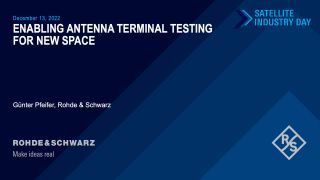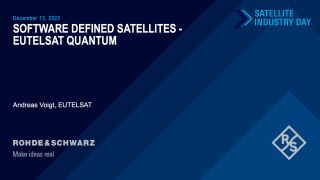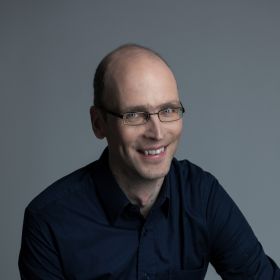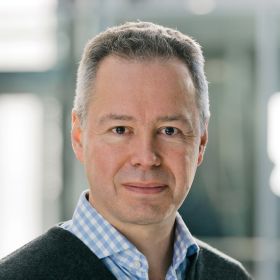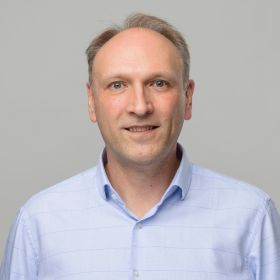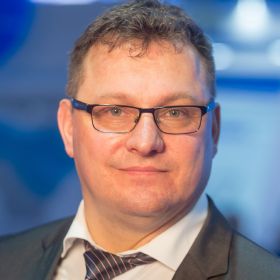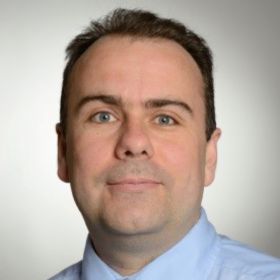Understanding the impact of next-generation satellite technologies
Technological advances in the satellite industry have enabled high to very-high-throughput satellites in GEO, MEO and LEO orbits. New satellite constellations pave the way for reliable high-speed data and internet communications in previously unserved areas and for mobile applications.
With software defined payloads, satellite operators and even the end users can reconfigure footprint coverage and bandwidth allocations even when the satellites are already in orbit. This makes it possible to react to new operational requirements flexibly, helping to reduce costs.
Technological innovations open up new possibilities and also bring with them new challenges, which we addressed at our third Satellite Industry Day.
Watch the on-demand videos and find out:
- How to deploy digital ground segment infrastructures for very high throughput satellites.
- How to enable antenna terminal testing for NewSpace
- How satellite in-orbit testing has evolved in response to flexible high-throughput digital payloads.
- How in-orbit reprogrammable satellites can set a new standard in flexibility and principally address markets that are highly changeable and mobile.
- How the benefits of each orbit can be leveraged and how to orchestrate multi-orbit satellite communications.








